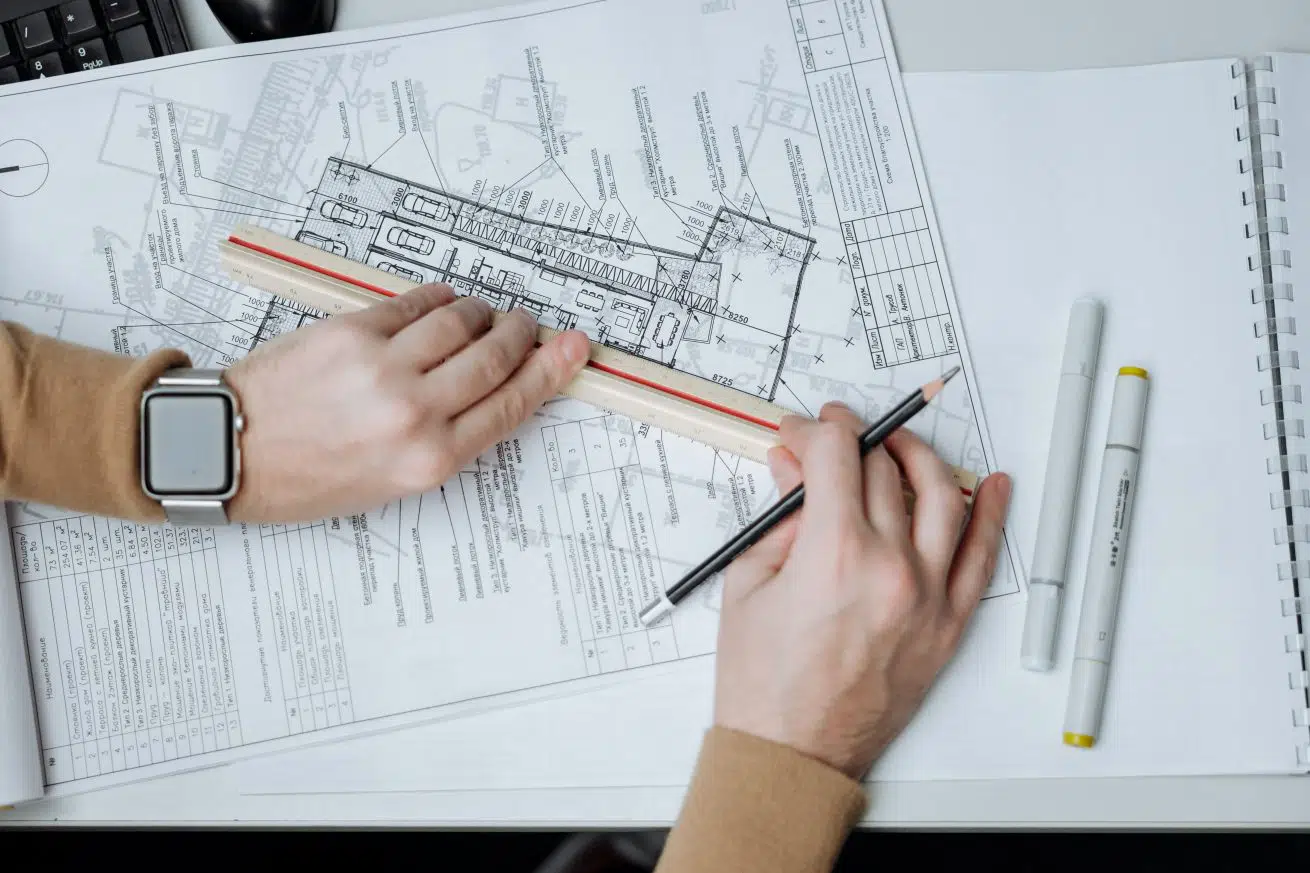How good project management can improve architecture design results
When you think about what an architect does, you most likely envision fancy software programs and brilliant designs, however architects are responsible for carrying out every part of each design project, and this includes tasks that very frequently go unseen. Effective project management in architecture is a must-have skill for both commercial and residential architects, because there are many elements that must come together to ensure successful delivery of a project both before and after you break ground.
In this article we’ll discuss some of the core principles of good project management as practiced by Leeb-Architecture, and explore how they contribute to overall success in architectural design results.
The ability to manage project information
Managing project information means recording all of the project data, ensuring it’s captured properly in all of the necessary systems, communicated to appropriate people, and kept up to date. This can include elements such as indigenous coverage calculations, raw material estimates, and in progress adjustments to the design (ie. finding a big rock that can’t be moved!). The Architect is a key player in securing the permits and inspections necessary to get the job started and to keep it running smoothly. It also helps if they are familiar with local building codes and town officials who they will need to schmooze in your best interests.
Collaboration with other teams and people
Architects rarely work alone. They work with contractors, suppliers, builders, surveyors, municipal officials, inspectors, zoning boards and other professionals to bring their projects to fruition. This involves a lot of communication and collaboration to ensure everyone is aligned, everyone has the most up-to-date information, and everyone has what they need to move forward with their elements of the project. Excellent collaboration skills are a must-have.
Negotiating disputes over quality.
Architects often act as a neutral bridge between the homeowner and the builder when problems or disputes over quality arise. The homeowner may have a feeling that something doesn’t seem right but lacks the vocabulary to confront the builder about it. A good architect will be able to manage expectations on both sides and demand reasonable rework or changes should the need occur.
Checking in on progress throughout the project
Architects are usually in constant communication with the homeowner and contractor about things like timelines, costs, any supply issues, and a plethora of other elements. To do this frequent site visits and face to face consultations are necessary to head off problems and keep everyone in sync. This is time consuming but necessary work for the architect and a good one will make sure this is a priority.
For more information, or if you have any questions for our residential architects, please contact us today. We look forward to hearing from you.
Originally posted https://leeb-architecture.com/project-management-improves-design-results/




Comments
Post a Comment